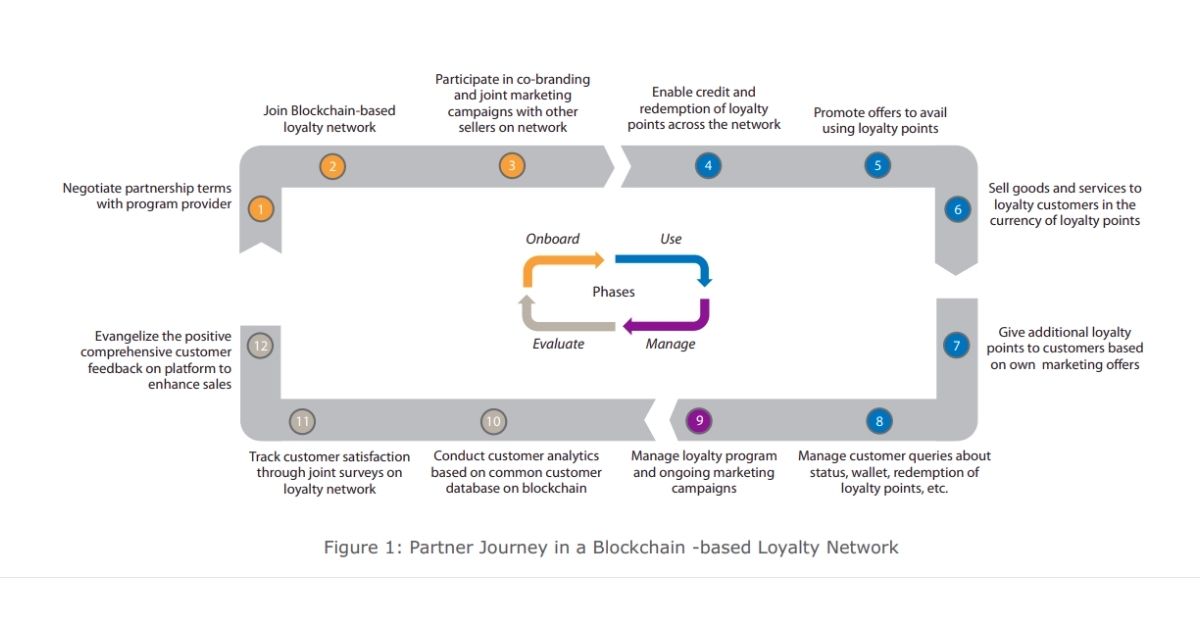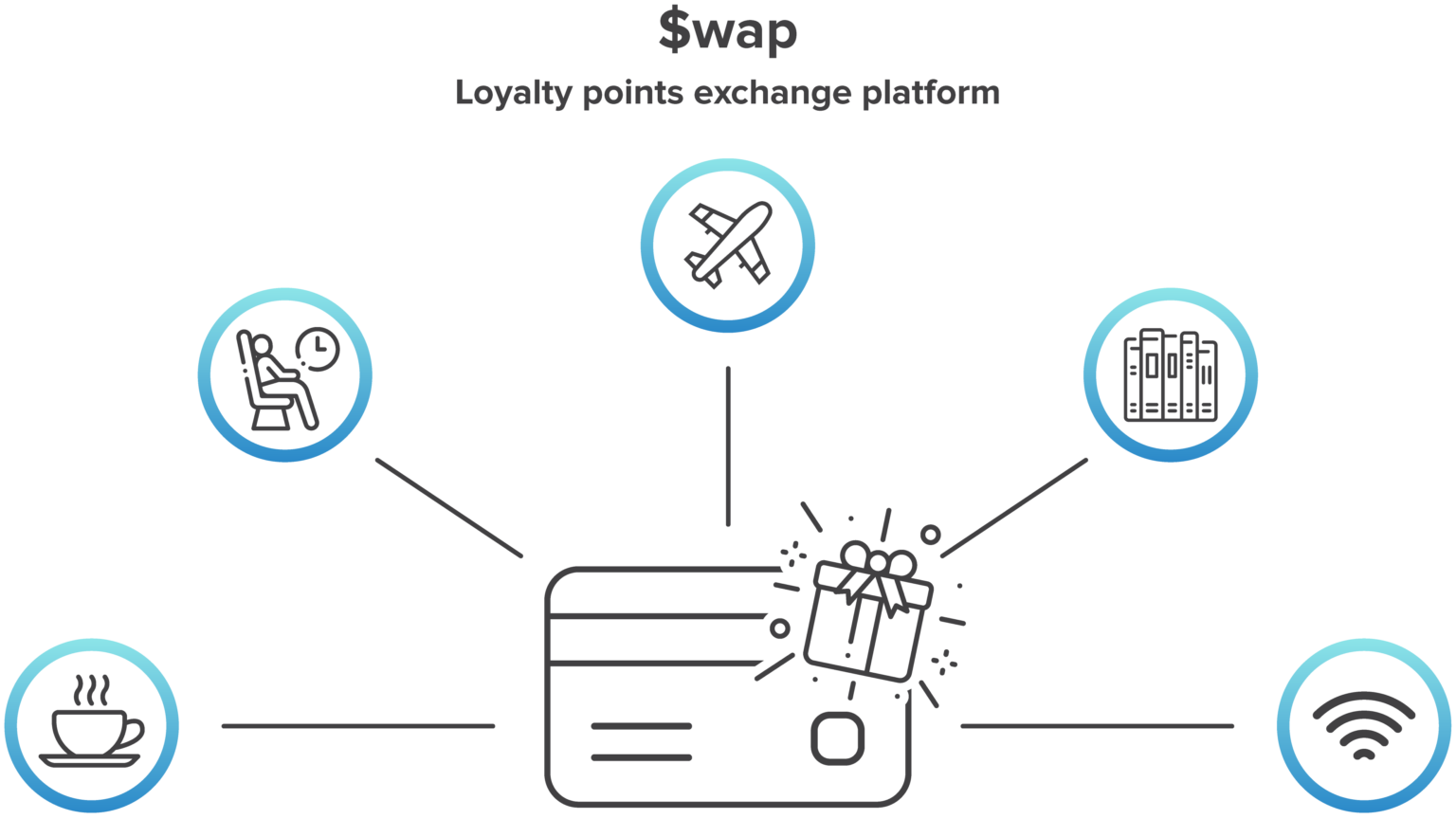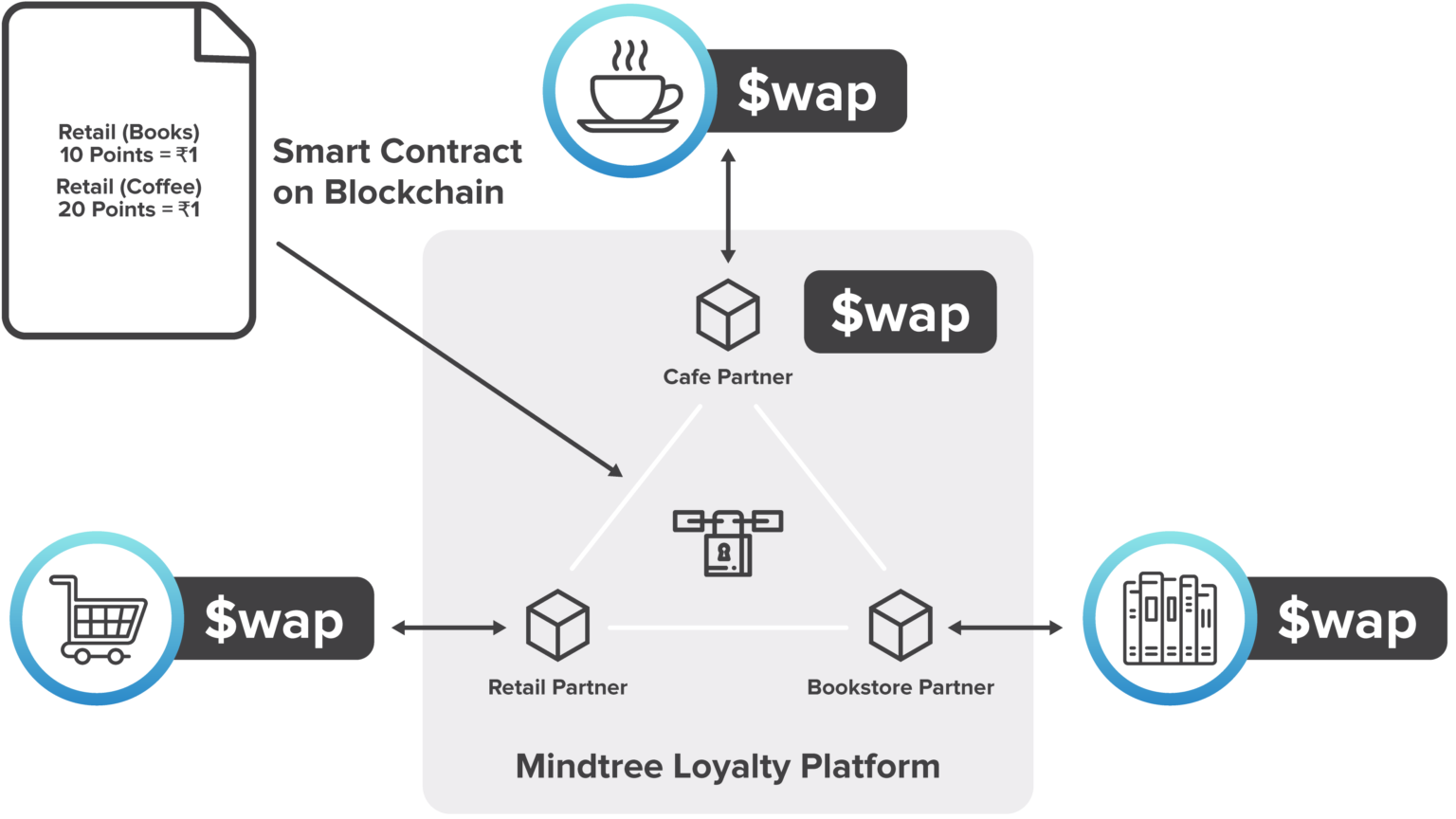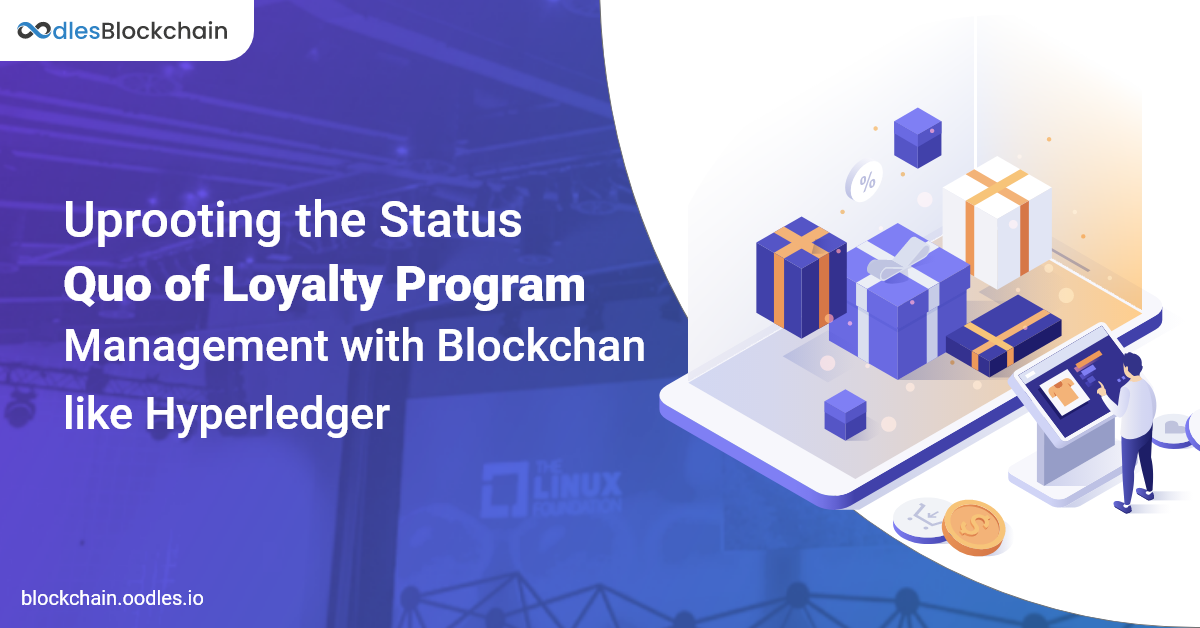-
While some businesses are still assessing the impact of blockchain technology, it is increasingly evolving as a transformative force across various industries. Particularly for loyalty programs and rewards systems management, businesses are building blockchain-powered networks to transform conventional means. Blockchain removes operational barriers and shortfalls while growing consumer service with safe, instant, and inventive loyalty reward choices.
In this article, we highlight the challenges involved with the management of today's loyalty programs and the solutions that blockchain and Hyperledger application development provide to overcome them.
Challenges Hindering the Potential of Loyalty Programs
Consumers prefer accumulating redeemable loyalty points because they are of significant value to them. On the other hand, to better grasp customer actions and keep them on track, businesses employ loyalty programs and send out incentive points.
Loyalty programs are available across various industries, including retail, insurance, consumer products, transport, hospitality, telecommunications, airlines, and e-commerce.
Loyalty programs entice consumers and get more business out of them.
It is, however, pricey and not easy to develop a reward program.
Inappropriately designed loyalty program management can lead users to disappointment. Inadequate coordination of incentive systems, inflexible reward structures, and lack of exposure are only a few reasons for this ineffectiveness.
Indeed, thirty-eight percent of brands globally are unable to calculate the effectiveness of their loyalty management efforts, according to a CrowdTwist survey.
The predominant shortcoming of modern reward programs is that they are a closed system.
It means users can redeem value only within one system's vendor network or restricted products available.
Consider an open marketplace of multiple providers where bonus rewards are tradeable across businesses. Any new merchant/supplier would be easy to accommodate into the scheme. That's what blockchain-based loyalty program management can offer in addition to multiple other advantages.
Reprogramming Customer Loyalty Programs with Blockchain Solutions
Blockchain can help brands develop a solution that facilitates an automated and transparent method of control of loyalty points.
A convenient way to think of this is, the operating system will be powered by blockchain technology, and reward point processing will be an application that runs on that operating system.
In three aspects: points reserve, redemption process, and rule-based smart contracts, blockchain technology adds value.
Also, Read | Reviving the Potential of Loyalty Programs Management with Blockchain
Use Case | A Blockchain-Powered Loyalty Program
High-tech businesses can benefit from integrating blockchain technology into their reward schemes. Imagine a consortium or private network of loyalties comprising:
Business A: A manufacturer of photographic and printing goods
Business B: A brand for electronic products
Company C: A retailer of online electronic accessories
Bob, a registered loyalty program user of Company A, purchases a computer within the blockchain-powered network. On purchase, he gains a few reward points.
Then, he orders a game console from Company B and uses his current wallet points for a discount. Not only does he gain bonus points here, but he also receives an online coupon for purchasing gaming accessories.
He utilizes this coupon to update his game console from the e-commerce platform of Company C and receives immediate rewards. He then moves on to put an order for a speaker with Bluetooth.
This entire loop shows how Bob can use his loyalty points when engaging with multiple merchants interchangeably in real time.
You May Also Want to Read | Exploring Blockchain Technology to Enhance Loyalty Programs
Enhanced Customer Experience, Reduced Expense, and Maxmized Outreach
Such a cross-platform network, through simple redemption programs and a better loyalty experience, would increase levels of customer experience significantly.
Accordingly, these businesses can collect and interpret consumer data for segmentation and profiling to provide consumers with customized deals.
Companies can introduce packaged deals as well as initiate cooperative promotions focused on the defined segments in the longer run.
It not only expands the scope of a broader consumer base, but also helps minimize advertisement and promotional costs, fuel sales, and maximize brand awareness and consumer residue.

Source: www.tcs.com
No doubt, why Hitachi is now pursuing blockchain technology for its loyalty schemes across 150 million participants?
The brand is keen to determine whether it can fulfill large-volume transaction system specifications and be used as an efficient delivery method for incentives.
With features like smart contract solutions, an appropriate blockchain platform can automate the execution of the terms and conditions of engagement between parties efficiently.
For customers, for all their loyalty scheme requirements, this is a one-stop store.
Also, such a network creates endless possibilities for retailers and vendors through mutual customer info, co-sponsorship, and collaborative marketing strategies.
Case Study | $wap, a Loyalty Program Management Platform Developed with Hyperledger by Mindtree
Recently, Mindtree, the data consultancy and services agency, used its digital experience to address institutional pressure points related to the falling rate of redemption of supermarket loyalty programs.
In the grocery, hospitality, and airline markets, loyalty schemes are increasing due to a good reason: customers who join a rewards scheme (and send it a positive review) are nearly 80 % more likely to continue spending money on the brand.
However, the impact on the bottom line of a brand is immense when customers stop engaging for incentives.
Mindtree created $wap, a Hyperledger blockchain-based loyalty exchange network through which customers can trade reward points across participant retailers for goods and services.
It helps consumers simplify their rewards schemes, and marketers attract back customers.

Source: hyperledger.org
Development with Hyperledger Fabric
To develop a hybrid mobile platform, Mindtree selected the Ionic platform.
It also integrated Hyperledger Fabric technology to provide enterprises with insightful, contract-driven exchange points, a simple onboarding phase into the network, as well as a view of win and burn of loyalty points in real-time.
Mindtree uses Hyperledger Fabric to put together all parties on a unified network to speed up the process for financial institutions.
It enables acquirer banks, checking authorities, and prospective merchants to exchange documents and data in a secure, private environment.
All the stakeholders who are aboard can conveniently reconcile the dollar equivalent of their point structures with such a system.
System administrators can dynamically embed partners in any industry, such as restaurants, supermarket brands, and bookstores.
The platform then requires vendors to negotiate exchange rates for points deposited on the ledger, but only participants who have engaged in the arrangement remain open regarding these rates.
 Source: hyperledger.org
Source: hyperledger.orgThe system gives its customers the ultimate versatility as well as luxury functionality.
With the option to break up expenses utilizing points accrued over several loyalty cards, clients can pay for products and services at each of the system's suppliers.
The solution also uses a geolocation search to find local suppliers that accept reward points and provide smart tips for redeeming loyalty cards at member brands.
The app also helps users, all from one GUI, to monitor their multiple accounts and purchases as well as pass points to friends or family members.
Also, Read | Maximizing the Efficiency of Loyalty Rewards Program Management with Blockchain
The Future Ahead
Building such an inventive network can cause market disruption.
Wipro has already piloted the PoC (Proof-of-Concept) built with Hyperledger blockchain frameworks.
Indeed, the road to the adoption of blockchain in loyalty program management will depend on these projects.
However, considering the possibilities it offers, developing a loyalty program on blockchain seems a feasible business decision. If you have a similar project in mind or want to know how to get started, consult with our blockchain development experts for more information.

Our Offices
INDIA
Emaar Digital Greens, Sector 61,
Gurugram, Haryana
122011.
Welldone Tech Park,
Sector 48, Sohna road,
Gurugram, Haryana
122018.














